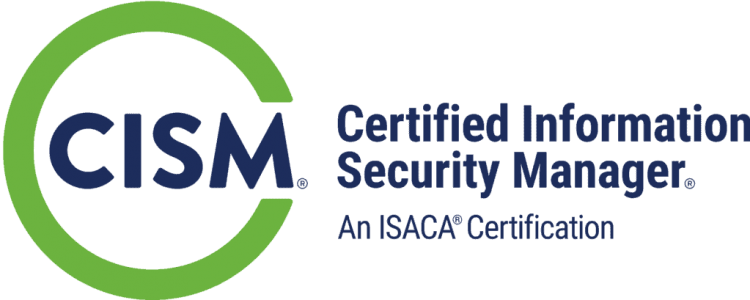Course Overview:
Gain the knowledge and skills needed to implement security controls, maintain the security posture, and identify and remediate vulnerabilities by using a variety of security tools. The course covers scripting and automation, virtualization, and cloud N-tier architecture.
After completing this course, students will be able to describe specialized data classifications on Azure, Identify Azure data protection mechanisms, Implement Azure data encryption methods, Secure internet protocols and how to implement them on Azure, Describe Azure security services and features.
TechNow has worked worldwide enterprise infrastructures for over 20 years and has developed demos and labs to exemplify the techniques required to demonstrate cloud technologies and to effectively manage security in the cloud environment.
Attendees to AZ-500: Microsoft Azure Security Technologies will receive TechNow approved course materials and expert instruction.
Date/Locations:
Course Duration: 5 days
Course Outline:
- Identity and access
- Configure Azure Active Directory for Azure workloads and subscriptions
- Configure Azure AD Privileged Identity Management
- Configure security for an Azure subscription
- Platform Protection
- Understand cloud security
- Build a network
- Secure network
- Implement host security
- Implement platform security
- Implement subscription security
- Security Operations
- Configure security services
- Configure security policies by using Azure Security Center
- Manage security alerts
- Respond to and remediate security issues
- Create security baselines
- Data and Applications
- Configure security policies to manage data
- Configure security for data infrastructure
- Configure encryption for data at rest
- Understand application security
- Implement security for application lifecycle
- Secure applications
- Configure and manage Azure Key Vault
Prerequisites :
-
-
- AZ-900: Microsoft Azure Fundamentals
- Students should have 1-2 years professional development experience and experience with Microsoft Azure.
- Student must be able to program in an Azure Supported Language.
-
Comments
Latest comments from students
